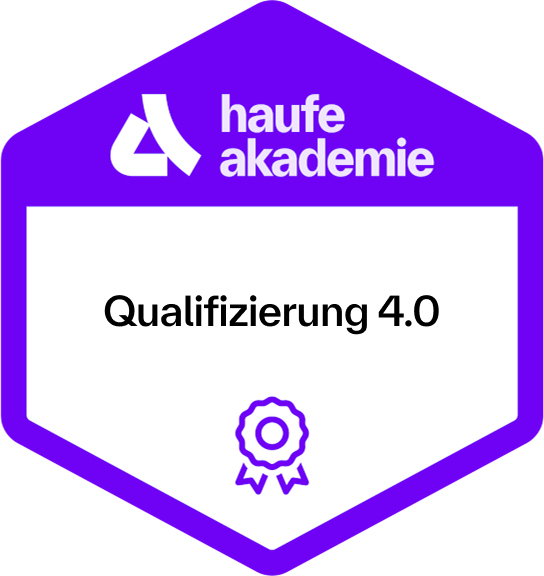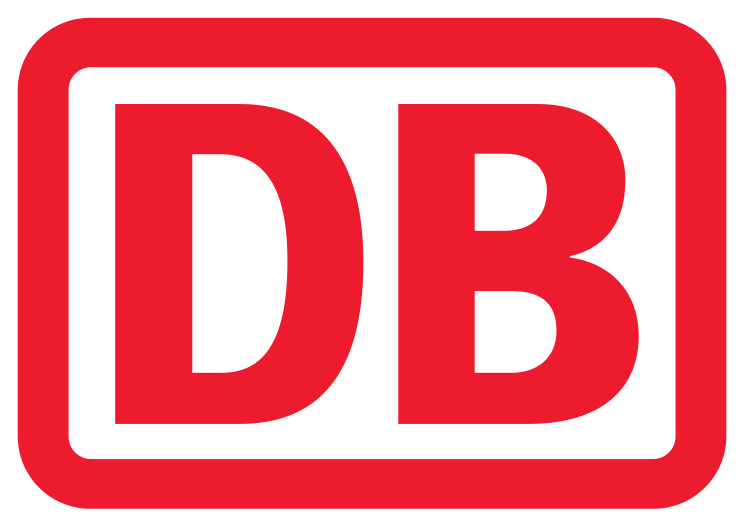Analysis and management of liquidity
Five steps to optimal cash flow

Contents
Step 1: Understanding the nature of corporate liquidity
- Components of the company's overall liquidity.
- Operating liquidity as a driver of internal financing power.
- Sources of operating liquidity.
- Working capital as a simplified view of net current assets.
- Relationships and interactions between liquidity and profitability.
Step 2: Scrutinize liquidity statements in reporting
- Liquidity plan: Structure, informative value, pitfalls and challenges.
- P&L: Where is the money?
- Balance sheet: Source and use of funds in the field of tension of the balance sheet date.
Step 3: Calculate the cash flow statement and determine the optimal cash flow
- Definition: Cash flow and cash flow statement as synonyms.
- Content, structure, calculation methodology.
- Significance and pitfalls.
- Free cash flow: use and meaning.
- The optimal cash flow as a performance indicator.
- IFRS versus HGB in the cash flow statement.
- Special features of the cash flow statement.
- informative value of the cash flow statement.
- Case Study: Analyzing a cash flow statement using a company example.
- Case Study: Preparation of a cash flow statement, various case studies.
Step 4: Analyze the company's liquidity
- Internal influencing factors: The nature of the core business, life cycles of companies.
- External influencing factors: political, economic, social and technological framework conditions and the role of competition.
- Liquidity analysis with key figures: Calculation and significance.
- Case study: Liquidity analysis using a company example.
- Case Study: The company without a name - how would you decide?
Step 5: Options for optimizing operating liquidity
- Liquidity bottlenecks: causes, warning signals, early risk detection.
- Working capital management: process challenges, motivation, control.
Learning environment
In your online learning environment, you will find useful information, downloads and extra services for this training course once you have registered.
Your benefit
Using practical case studies, this training provides the necessary know-how for a comprehensive understanding of corporate liquidity, its management and analysis. It is shown,
- how the company's liquidity is made up and what the main sources of operating liquidity are as drivers of the company's internal financing power,
- the informative value of the income statement, liquidity planning and balance sheet in terms of liquidity,
- what the components of the cash flow statement are, how it is calculated and what its informative value is,
- which metrics can be used to manage the company's liquidity and
- How to generate optimal cash flow and strengthen your company's internal financing power in five steps.
Methods
Lecture, practical examples, workshop atmosphere.
Recommended for
Managing directors, corporate customer advisors, credit analysts. Specialists and managers from finance and accounting, from planning and control departments, from areas such as purchasing, production and sales. Interested persons who increasingly have to deal with cash flow and creditworthiness and whose options for action are increasingly characterized by the conflicting priorities of liquidity and profitability. Overall, anyone who is concerned about generating an optimal cash flow and strengthening internal financing power.
Further recommendations for "Analysis and management of liquidity"
7819
Start dates and details

Monday, 09.02.2026
09:00 am - 5:30 pm
Tuesday, 10.02.2026
09:00 am - 5:00 pm
Wednesday, 22.04.2026
09:00 am - 5:30 pm
Thursday, 23.04.2026
09:00 am - 5:00 pm
- one joint lunch per full seminar day,
- Catering during breaks and
- extensive working documents.

Thursday, 17.09.2026
09:00 am - 5:30 pm
Friday, 18.09.2026
09:00 am - 5:00 pm
- one joint lunch per full seminar day,
- Catering during breaks and
- extensive working documents.
 4.6
4.6







